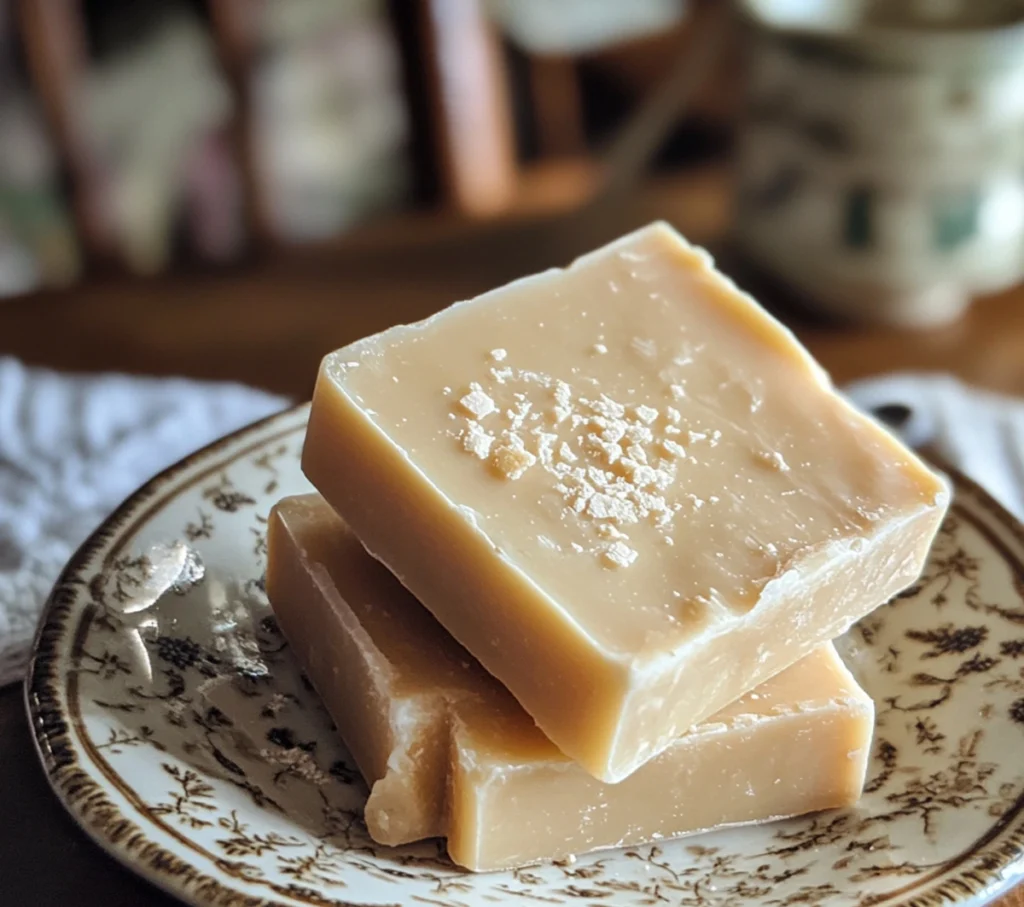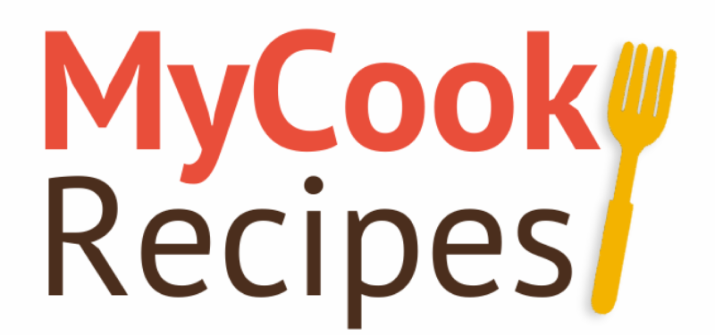
Making goat milk soap at home is a rewarding experience that results in a gentle, moisturizing soap perfect for sensitive skin. In this guide, I’ll walk you through the cold process method of making goat milk soap, including tips on customization and common mistakes to avoid.
Benefits of Using Goat Milk in Soap
Goat milk is a nutrient-rich ingredient that provides deep moisture for the skin. It’s full of fatty acids, vitamins, and lactic acid, which work together to nourish and gently exfoliate the skin. Goat milk is also known for its soothing properties, making it a great option for people with skin conditions like eczema and psoriasis.
If you’re interested in learning more about other natural ingredients with skin benefits, check out the article on creative sourdough discard uses that also highlights the advantages of using natural products.
Essential Ingredients and Tools for Goat Milk Soap
Before you begin, gather these key ingredients and tools:
- Goat Milk: Fresh, frozen, or powdered goat milk works well.
- Oils: Common oils used in soapmaking include olive oil, coconut oil, shea butter, and castor oil for extra moisture and lather.
- Lye (Sodium Hydroxide): Required for the saponification process.
- Essential Oils: Optional, but great for fragrance. Popular choices include lavender and eucalyptus.
For tools, you’ll need an immersion blender, heat-safe mixing bowls, a thermometer, silicone molds, and safety gear (gloves and goggles). For tips on activating natural ingredients, you might find this guide on how to activate sourdough discard useful, as the principles are similar when working with natural additives.
Cold Process Soapmaking: Handling Lye Safely
Lye is essential for transforming oils into soap, but it must be handled carefully due to its caustic nature. Always wear protective gloves and goggles and work in a well-ventilated space to ensure safety.
When making goat milk soap, freezing the goat milk before adding lye is crucial. This prevents the milk from overheating and scorching, which can result in discolored soap and an unpleasant odor. For more guidance on handling potentially hazardous materials in DIY projects, check out this soapmaking safety guide.
Step-by-Step Guide to Making Goat Milk Soap
Ingredients:
- 500g Goat Milk (frozen into ice cubes)
- 500g Olive Oil
- 200g Coconut Oil
- 100g Shea Butter
- 100g Castor Oil
- 200g Sodium Hydroxide (lye)
Instructions:
- Freeze the Goat Milk: Pour goat milk into an ice cube tray and freeze it. This step prevents overheating during the lye mixture.
- Prepare the Lye Solution: In a well-ventilated area, slowly sprinkle sodium hydroxide (lye) over the frozen goat milk cubes, stirring gently as the cubes melt.
- Melt the Oils: Heat the solid oils (coconut oil, shea butter) until melted. Once melted, add the olive oil and castor oil and stir until combined.
- Combine Lye and Oils: When both the lye mixture and oils have cooled to around 90°F (32°C), pour the lye mixture into the oils. Blend with an immersion blender until the mixture thickens, or reaches “trace.”
- Pour and Mold: Pour the soap mixture into silicone molds and cover them. Place the molds in the fridge or freezer for 24 hours to prevent overheating.
- Curing the Soap: After 24 hours, remove the soap from the molds and let it cure for 4-6 weeks in a cool, dry place. This curing process hardens the soap and ensures any remaining lye is fully neutralized.
Common Mistakes to Avoid
When making goat milk soap, there are a few common errors to avoid:
- Overheating the Goat Milk: If the milk gets too hot, it may scorch, turning the soap brown and giving it a burnt odor. Freezing the milk before adding lye prevents this issue.
- Incorrect Lye Measurements: Incorrect lye ratios can result in soap that is too harsh or crumbly. Precision is key.
- Not Reaching Trace: If the mixture doesn’t reach trace, the oils and lye may separate, causing the soap to fail.
Customizing Your Goat Milk Soap
Once you’ve mastered the basic soapmaking process, you can customize your bars with essential oils and natural colorants:
- Essential Oils: Lavender, tea tree, or eucalyptus oils add pleasant fragrances and therapeutic benefits.
- Natural Colorants: Use mica powder, spirulina, or activated charcoal to color your soap and add extra detoxifying properties.
These additions allow you to tailor your soap to your personal skincare needs and preferences.
FAQs
How long does it take to cure goat milk soap?
It takes 4-6 weeks for goat milk soap to fully cure. This time allows the soap to harden and ensures any remaining lye is neutralized.
Can I make goat milk soap without lye?
No, lye is required for the saponification process, which turns oils into soap. Once saponification is complete, no lye remains in the final product.
What are the benefits of using goat milk in soap?
Goat milk contains fats, vitamins, and lactic acid, which deeply moisturize and exfoliate the skin, making it ideal for sensitive skin types.
Why is my goat milk soap turning yellow?
Yellowing occurs when the goat milk overheats during the lye mixture. Freezing the milk beforehand prevents this.
Conclusion
Making goat milk soap at home is a wonderful way to create personalized skincare products that cater to sensitive or dry skin. The cold process method, when combined with natural ingredients like goat milk and essential oils, results in a rich, moisturizing soap that’s both nourishing and soothing. For more natural beauty and skincare ideas, you can also explore related posts like creative sourdough discard uses and tips, where you’ll find other ways to work with natural ingredients in your DIY projects.
With the right tools and techniques, you’ll be creating beautiful bars of goat milk soap in no time!
